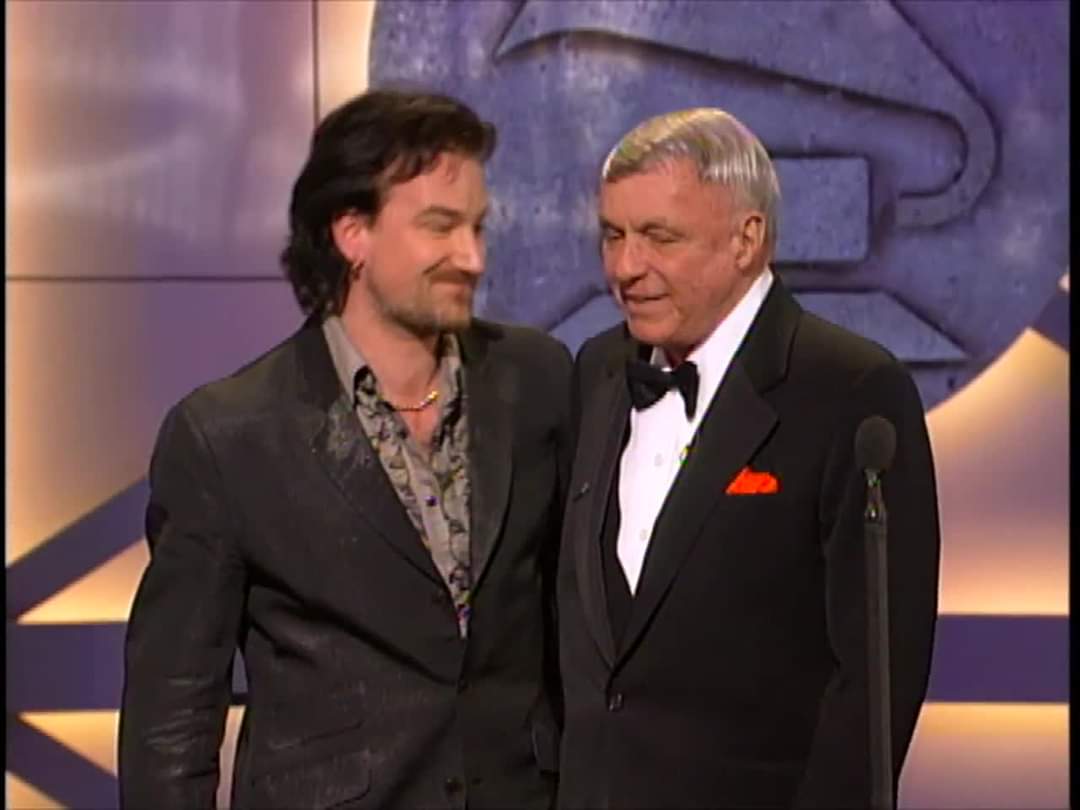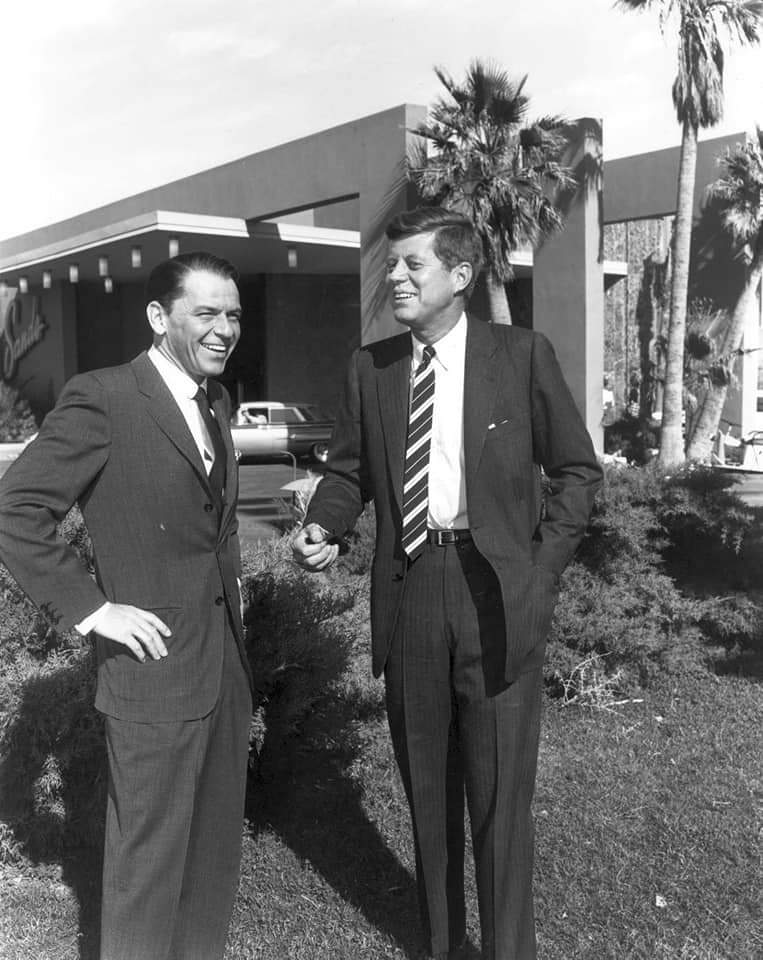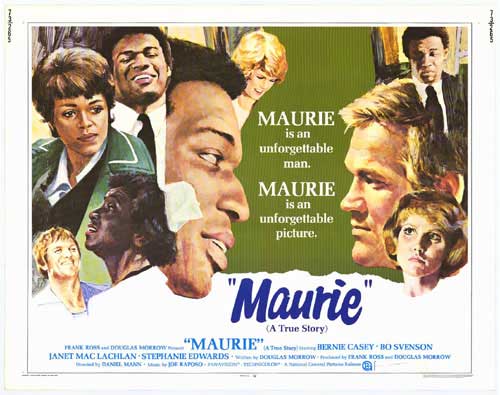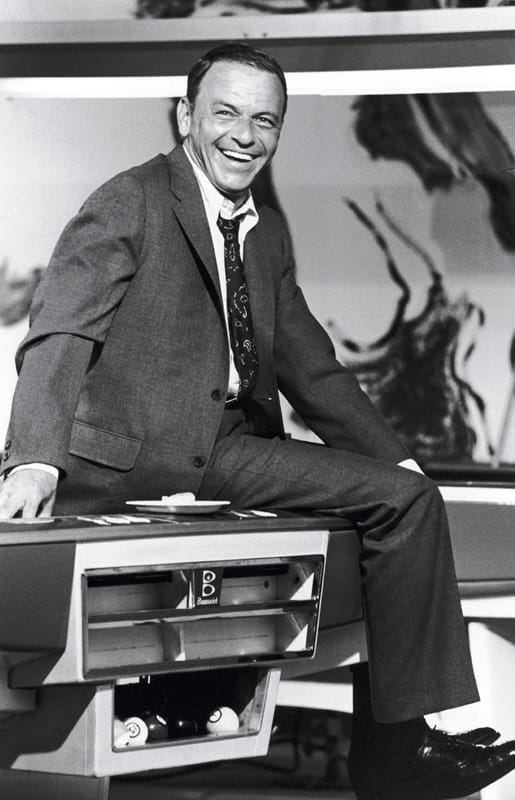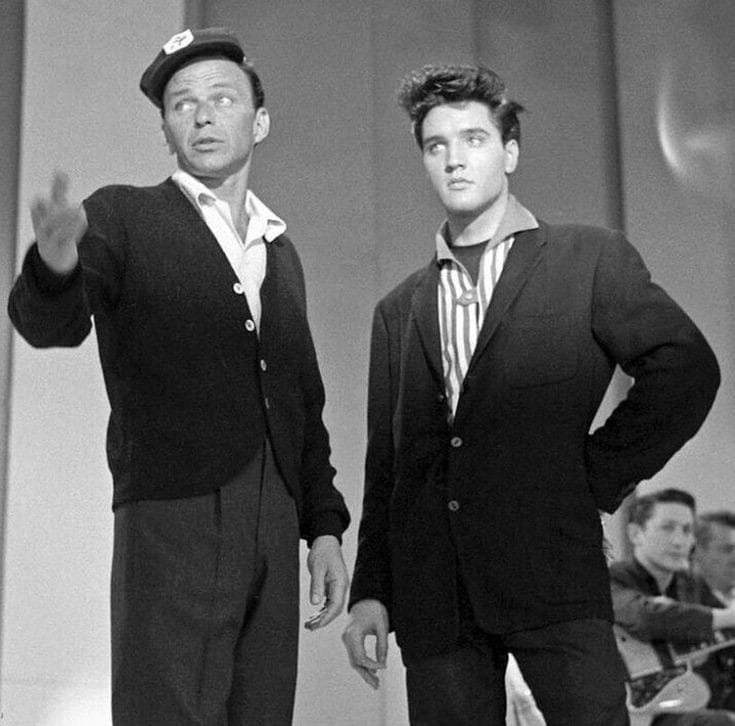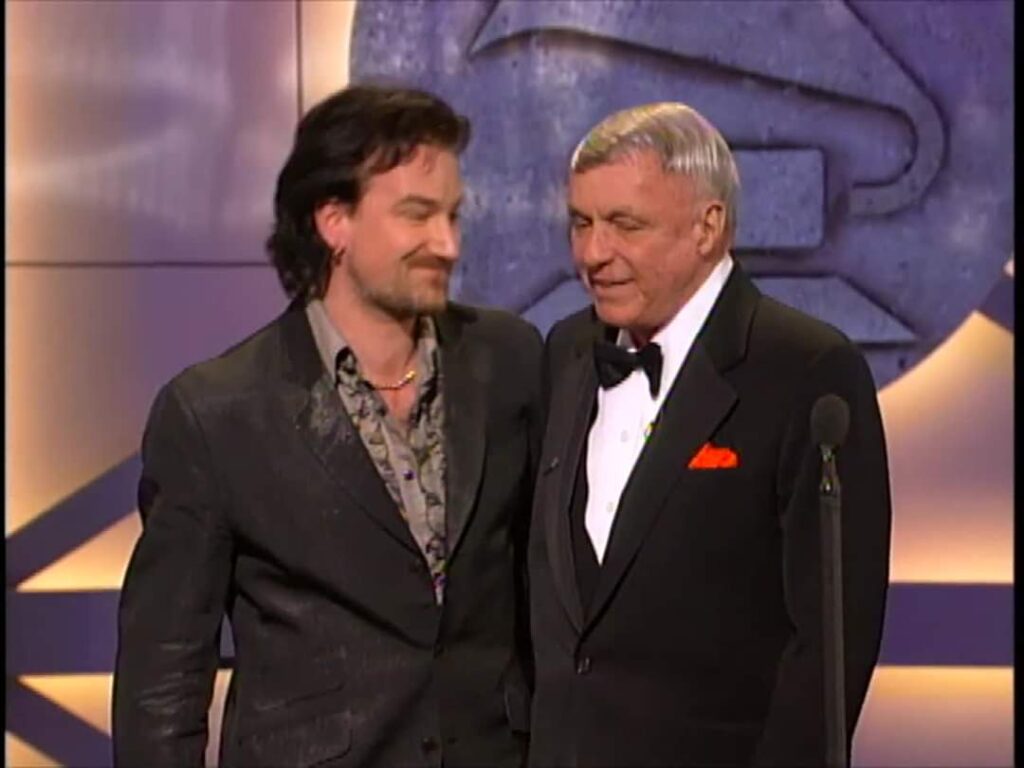
THE LAST YEARS OF FRANK SINATRA
By Mahnuel Muñoz
Chapter 10
The writer Pete Hamill is a personal friend of Frank and the only one who could receive the singer’s authorization to write his biography. In fact, he published the prestigious essay “Why Sinatra Matters” in 1998, after the artist’s death. In November 1993 he went to one of Sinatra’s concerts at the Foxwoods casino in Ledyard, Connecticut and wrote a bittersweet article in the New York Daily News:
“The highest record is no longer there; the lower register, that great dark baritone, is clogged by the phlegm of cigarettes. (…) I would like someone to tell him that it is time to quit, to retire to the recording studios, where the erosions of time can be hidden. There doesn’t seem to be anyone next to him who says such words to him. (Fans) have seen him again, just as they have seen him through wars and recessions, in good times and bad, and if Sinatra is still there, then, by God, so are they.
Sinatra’s health problems are getting worse day by day, as is his need to cling to music to stay alive. Every second immersed in an old love song is time stolen from pain and despair.
Frank Sinatra’s recovered record validity led to a new and ambitious retrospective release in November 1993; This time it is the box of twelve compact discs “The Columbia Years 1943-1952”, published by the Legacy division of Sony Music. It is an exhaustive collection of the almost three hundred cuts recorded by Sinatra in the first decade of his career, a document of incalculable artistic value that bears witness to the singer’s professional evolution and his dramatic journey from glory to the abyss. I will never tire of saying that it is an era that must be known in depth to understand the essence of Sinatra.
On November 5, Frank shoots in Palm Springs with singer Bono the video clip for their successful joint song, “I’ve Got You Under My Skin”, included in the recently released album “Duets”. During filming, Sinatra tells Bono that he doesn’t like men with earrings, but nevertheless the two develop a cordial relationship.
It will be precisely Bono who will be in charge of presenting Sinatra with the Legend Award in recognition of his entire career, during the thirty-sixth Grammy Awards, held on March 1, 1994 at Radio City Music Hall. The moment is going to go down in history, and not for the right reasons. After a commemorative video for the song “My Way,” Bono gives a somewhat busy presentation in which he focuses on Sinatra’s tough-guy reputation, instead of glossing his numerous contributions to popular culture:
“Rock and roll people love Frank Sinatra, because Frank Sinatra has what we want: swagger and attitude. In rock and roll you play tough, but this guy, well, he’s the boss. The boss of bosses. The man. The big bang of pop. I’m not going to mess with him. And you?”
Next, Frank makes his entrance, visibly excited. The audience stands up to receive him as he deserves while the orchestra plays “Young At Heart” in the background. “This is the best welcome I’ve ever had,” he says, his voice shaking, and he snorts, struggling to control his emotions. He looks at the trophy from him in surprise. He rambles and snorts again. People applaud him affectionately. “This is more applause than Dean (Martin) has received in his entire career.”
He makes jokes and introduces his wife Barbara. He tells her that he loves her and asks if she loves his. He complains that they haven’t given him a drink backstage or asked him to sing at the gala. After several minutes that cost a huge amount of money on television, someone decides that the most appropriate thing to do is to abruptly cut Frank’s speech, remove him from the stage and go to advertising.
The orchestra begins to play and Frank is forced to shut up and leave. There are several versions about the authorship of what happened, which point to the production of the program or to the singer’s own team of collaborators, in an attempt to protect his image. But the public considers the gesture a serious lack of respect and the next day the matter becomes a topic of debate in the media and private conversations.
At the gala itself there is someone else who is outraged by what happened and does not miss the opportunity to denounce it to the audience. This is the singer-songwriter Billy Joel, who has been summoned to sing his fabulous song “River Of Dreams”. In one of the natural pauses of the song, Joel decided to lengthen the silence and without getting up from the piano stool he looked at his watch and said “Ten seconds of valuable air time wasted… And now twenty seconds of valuable air time wasted… dollars , dollars, dollars.” After thirty seconds he resumed the song. Everyone understood his message and gave him a warm ovation.
Less than a week later, on March 6, a new incident puts Frank’s declining health in the headlines. The events take place at the Mosque Theater in Richmond, Virginia. Sinatra offers a concert with his usual dedication and everything seems to go normally, except for the excessive heat that invades the venue and about which he has complained repeatedly. During his performance of “My Way” he begins to get dizzy. He turns to Frank Junior, who is conducting the orchestra, to ask for a chair. He tries to sit on a stool behind him but falls to the floor with a crash.
“My heart stopped beating when he hit the ground face-first,” says a woman named Marjorie Hyde, present at the concert. “I thought he had died.
The musicians continued to play and, for a few moments, there was tremendous chaos on stage as people rushed to his side. They turned him around, took off his tie, and undid the top button on his shirt. Frank Junior took his pulse and said: “He is alive. He is still alive”
“The night before he was only awake until two or three, a fairly early time for Frank to go to sleep, and he hadn’t had much to drink either,” said his friend and road manager Tony Oppedisano. When Frank regains consciousness, he asks “What happened? Does the public see me? Tony nods. “Okay, then help me up, I want to say hello,” Frank asks. Among the audience there are several doctors who have gone on stage and the health workers have brought a wheelchair closer. Tony asks for the curtain to be lowered, but Frank prevents him: “Leave it open. “I want to make sure they know I’m okay.”
Silence has fallen in the stalls. Frank is drenched in sweat. Sitting in the chair, he greets his audience, who stand up and cheer him while the singer leaves the scene in the wheelchair, heading to the hospital.
The tests confirm that it is a simple dehydration, and the anecdotal and even funny note of the fact is that, while waiting for the results of the analyzes, a long parade of doctors passed through Frank’s room, each of whom invariably looks at him. the patient’s chart, greets Sinatra and takes some notes, no doubt an excuse to catch a glimpse of the Voice.
A couple of days after the incident, Tony Oppedisano talks to Barbara Sinatra and she tells him that she had decided on her own to give Frank a couple more diuretic pills than prescribed, because her ankles were swollen. The medication, called Diazide, regulates the amount of water in the body and could be a determining factor in dehydration. A mistake that could have been very expensive.
On March 24, Frank returns to work and offers a concert to the almost eleven thousand people who packed the Mabee Center in Tulsa, Oklahoma.
If you want to visit more articles about the life of Frank Sinatra enter the following Sinatra Radio 24h link: https://sinatraradio24h.com/category/articles/
We remind you that you can also listen to Sinatra Radio 24 hours on your mobile phone by downloading our free applications for Android in the Play Store https://play.google.com/store/apps/details?id=sinatra.radio24h

